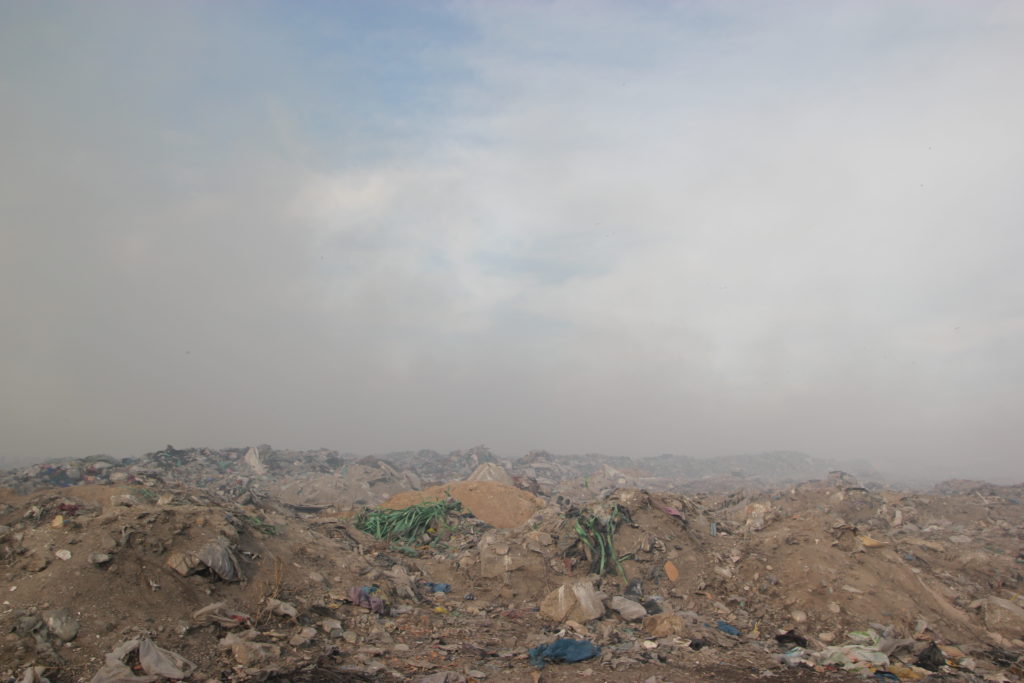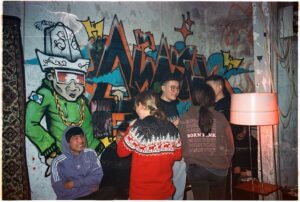In the far north of Kyrgyzstan’s capital Bishkek, waste piles up every day in what residents call the polygon, a chaotically managed municipal landfill. Men and women work in this heap of plastic and toxic fumes, totally invisible to the general public. Through their initiatives, activists and artists are trying to give these people a voice and dignity.
Called the polygon, the hill, or simply the dump, the landfill located about ten kilometres from the city centre of Bishkek has been the subject of debate in Kyrgyzstan for many years. This huge dump of about fifty hectares, which concentrates all the capital’s waste, has created an array of political, economic, ecological scandals over the years.
Although a new landfill has been promised since 2013 by the municipality, it has still not been built. This is despite a large loan of 11 million Euros from the European Bank for Reconstruction and Development, already paid to the state. Since then, the polygon affair has been a regular topic in the Kyrgyz media: almost every few months, new episodes in the administrative soap opera take place, with the date of the landfill’s construction being postponed once again.
Conflicts of interest between the municipality and private companies have also been revealed. The landfill is on private land, and recently a Czech company was chosen to operate the waste without any prior tender.
The invisible workers
The polygon thus symbolises the lack of an effective waste management policy in Kyrgyzstan. But behind this admission of failure, people continue to live in the waste and make a living from it by collecting what they can sell to private recycling companies or intermediaries. The number of people working in the landfill is still unknown, but journalists estimate that it is over 500.
Read more on Novastan: In Kyrgyzstan, one in four families lives below the poverty line
Several activists and artists have taken up the cause and are raising the issue of the landfill from a human perspective, launching social and artistic initiatives to raise awareness of the parallel world where society’s waste is collected.
A “hill society” with a thousand stories.
Next to being a municipal dump, the polygon is the workplace of hundreds of men and women. The landfill has its official employees, but also illegal workers, because the site is not fenced off and anyone can enter. Poor and precarious people spend their day collecting certain types of waste and reselling them. Some have been engaging in this work for decades.

At the entry point, located at the road that leads the trucks and tractors to the dump field, a surveillance post is occupied by a single man. Opposite him, a dozen people, sitting on cardboard boxes, gather their days’ worth of waste in large plastic bags. For Lina Tsrimova, director of the documentary La Colline, which was released in 2022, this place is a real society, with its own hierarchy and organisation. “These people are generally very stigmatised in society,” explains the director, adding that “many of them hide the fact that they work there from their families.”
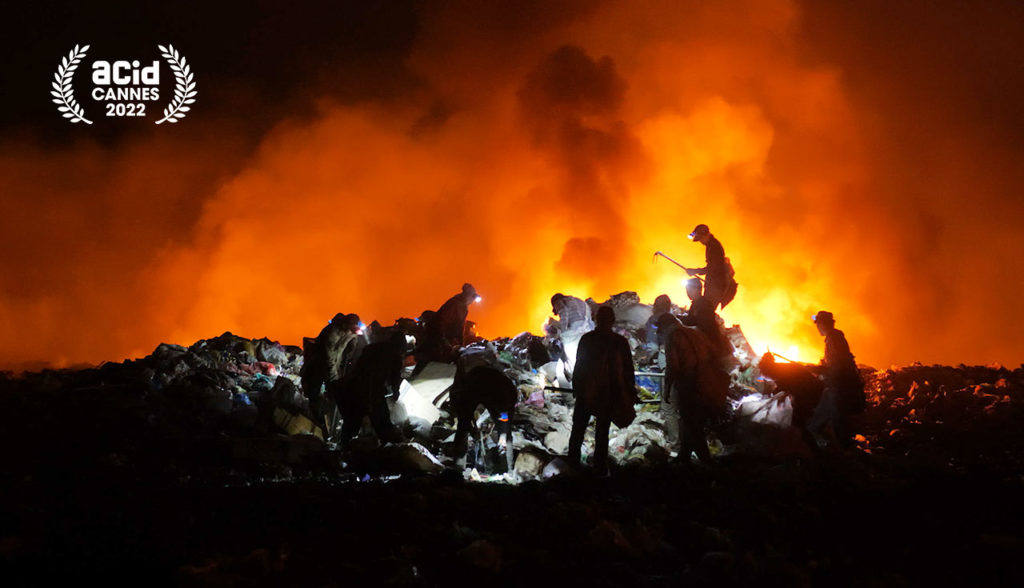
In this documentary film, selected for the 2022 Cannes Film Festival, extraordinary stories are intertwined. “Many of the new arrivals, mainly from the south of the country, are internal migrants,” explains the landfill’s guard. Due to the lack of jobs, they end up working here, sorting and collecting waste. The documentary particularly focuses on the story of Alexander, a former Russian soldier who fought in Chechnya before working at the dump. The approach of the two directors’, Tsrimova and her colleague Denis Gheerbrant, was to give a voice to these workers, allowing them to tell their stories.
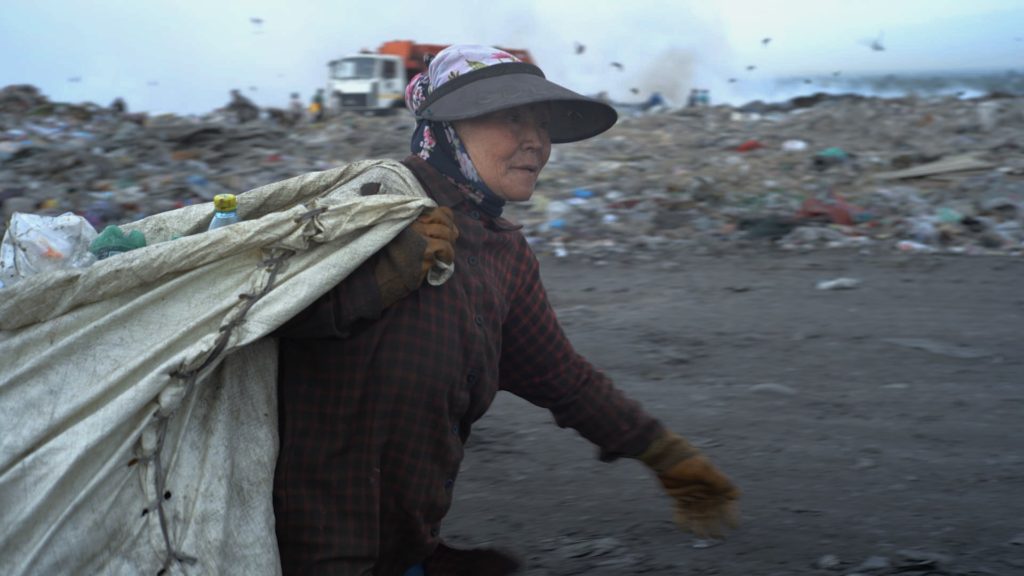
More recently, in 2023, the eco-activist association Move Green set itself the task of making one of these invisible workers visible: Tajikane, 63, lives in the village of Altyn-Kazyk and has been sorting rubbish there for 17 years. She says she moved from the Batken region after the death of five of her children, and has no other choice to earn a living than sorting rubbish.
The neighbours of the landfill in daily contact with the pollution and waste
According to Gheerbrant, the place is an exceptional and visually strong space. Indeed, fires regularly break out on the waste heaps and the toxic fumes that emanate from them give the polygon an apocalyptic atmosphere. Additionally, the area is constantly covered by swarms of crows looking for food and trampled by stray dogs.
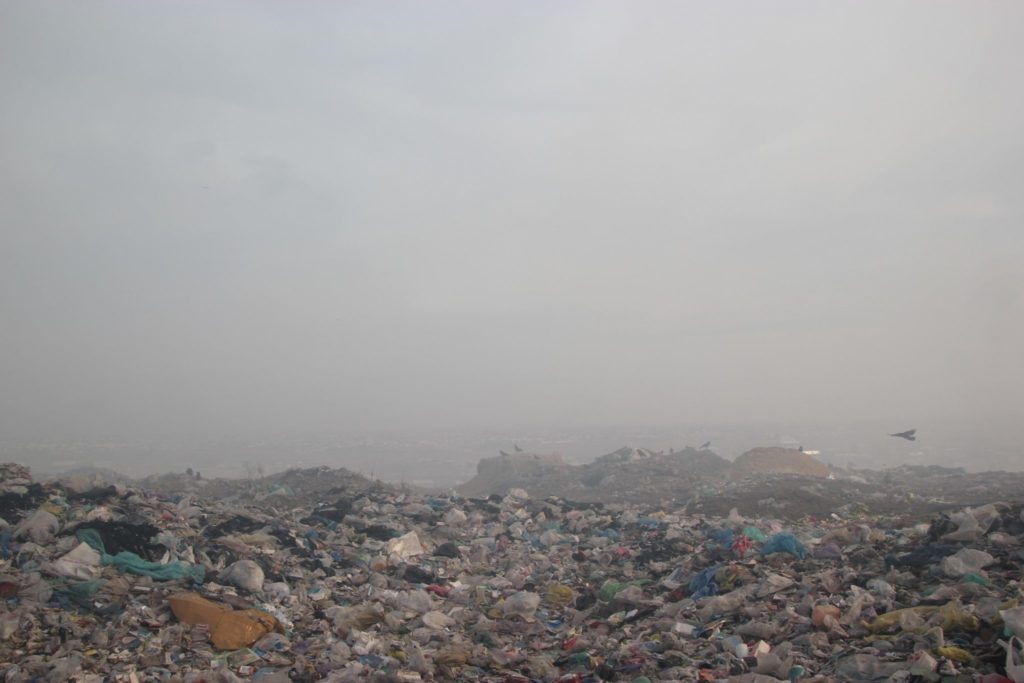
In several places on the site there are tents and huts built from debris found in the dump. Houses are located nearby, purchased at an attractive price, in the village of Altyn-Kazyk.

Last December, the Ministry of Ecology stated that “liquid toxic substances are accumulating in the northern part of the dump. A lake has formed there. In recent years, its size has increased five to six times. The toxic substances are getting into the groundwater.”
Read more on Novastan: Kyrgyzstan: Poverty hides behind Bishkek’s smog
Farida is one of the invisible workers, living in the village next to the polygon, on the road leading to the dump, about a hundred metres from it. The woman in her forties has neither a swing nor a toy for her son, only piles of empty plastic bottles, cans, tyres, and glass jars by the hundreds. Every day, trucks from the municipal waste collection service or other individuals and private organisations come to her to bring back these stocks of recyclable waste, which she stores and then resells.
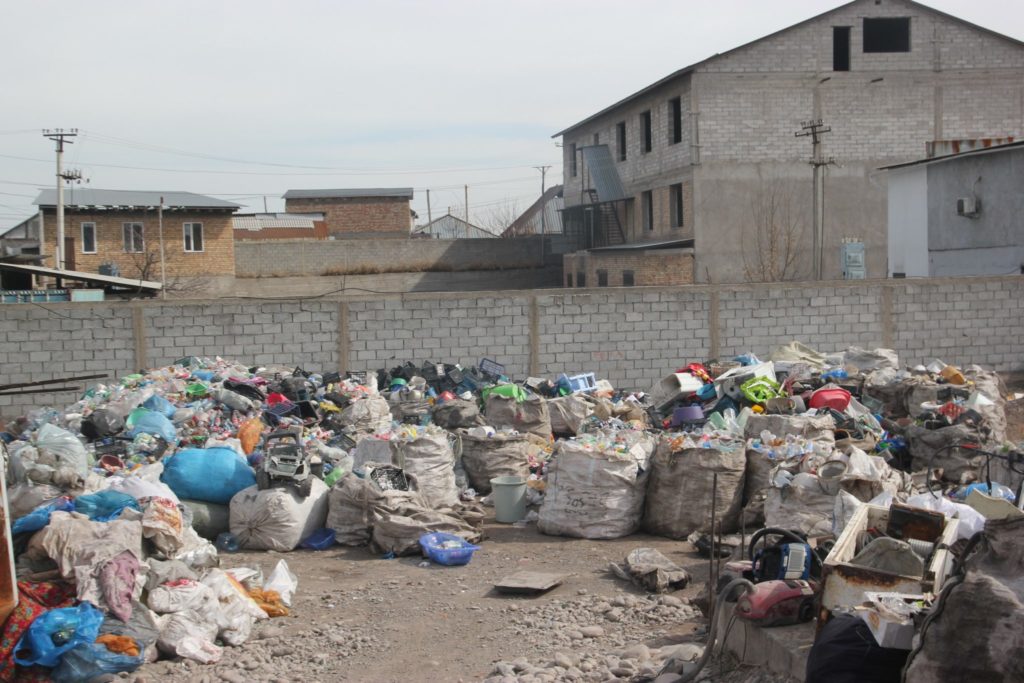
Social and artistic initiatives
To help find solutions for the people living near the landfill, artists and activists are organising the Eco Trash festival with the primary aim to raise awareness. Created by the Bishkek School of Contemporary Arts (BiSCA) collective and the Tazar Association, the festival allows local and international artists to present their projects and initiatives. Last October, one of the themes on which the festival focused was the pollution of the Ala-Archa.
One of the people behind the festival is Bermet Borubaeva, an environmental activist in Bishkek and co-founder of BiSCA. She had the idea of building a library for the children of Altyn-Kazyk. Schoolchildren are among the first to be affected by the presence of the polygon next to their houses: many of them work collecting waste instead of going to school.
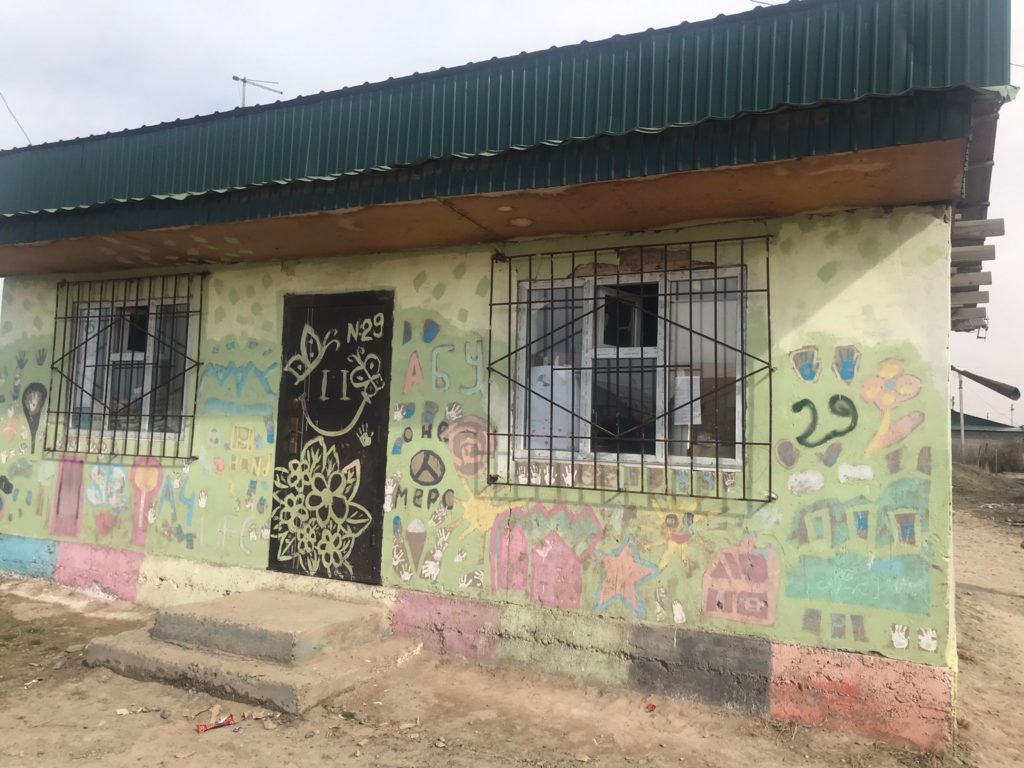
“This is the only place where children can read books here,” says Borubaeva. “It is also to give them more cultural and social opportunities in life.”
For more news and analysis from Central Asia, follow us on Twitter, Facebook, Telegram, Linkedin or Instagram.
 Artists and activists raise awareness for Bishkek’s waste problem
Artists and activists raise awareness for Bishkek’s waste problem 
